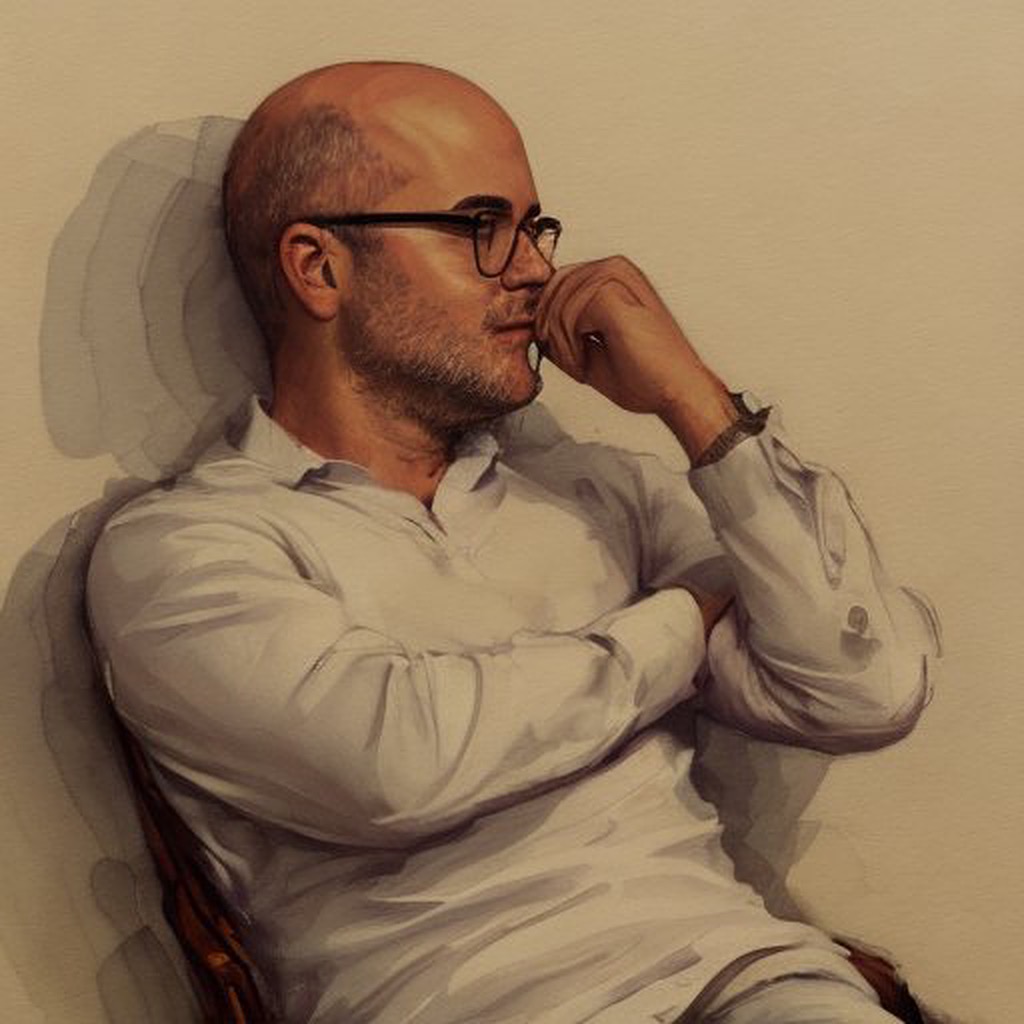
Offline CMS and static site/blog builder
The Commodore Amiga years
In the mid 80's I was a SysOp. I operated a single phone line BBS from my bedroom at my parent's place. Thanks to Fidonet, my first experience blogging and sharing content was a global one.
The BBS software was called Xenolink. It was my first "content management system" (CMS) software experience.
The Linux Desktop years
I started a personal website where I shared stories sometime in 1996. I had access to a web server I could use, wrote the HTML myself to create a static website, and thru the years, I just kept writing.
In 1998 I wrote a small CMS in PHP called SiteMaker. It allowed me to separate presentation (the HTML, javascript, and CSS) and content (my text entries) and made my life as a Blogger a lot easier.
A year later, the software I had written for personal use became a product. I changed Sitemaker's name to Siteseed and founded MrNet. For decades the CMS product has evolved and was very popular in Portugal among media companies (RTP, Mediacapital, and SIC - they all used it). Later in the product lifecycle, Fnac, Gulbenkian, TAP, and many others...
Thru all of this, I kept using the CMS for my Blog. Two decades of experience taught me a couple of things:
First, dynamic websites are prone to have security issues. Second, I didn't particularly appreciate switching from excellent offline writing tools (word processors) to basic online editors. Third, I prefer to write offline and later publish what I wrote, lessening the need for an always active Internet connection.
The Mac Desktop years
I started using Apple Macintosh computers for my Desktop needs in 2001. Mac OS X was just released, my company made enough money for me to be to afford the switch, so I left my Linux-based KDE system for a brand new Mac.
A few years later, a company called "Realmac Software" released a product called "Rapidweaver". It was an offline, template-based Mac application for building static websites.
"Rapidweaver" served my blogging needs well for six or so years. The static site was safer, with very little maintenance (just keeping the Apache webserver and SSH updated), and I loved managing it offline.
Back to Linux Desktop!
2019 was the year I grew tired of Apple shenanigans and, after a long hard look at my alternatives, decided Linux was the best platform for most of my Desktop needs. However, video and sound editing I still prefer to do on a Mac, so I am keeping an Apple machine around.
I wrote about it the switch on medium.com: https://paulolaureanosantos.medium.com/easy-life-on-a-walled-garden-the-escape-plan-to-my-linux-desktop-e5ee46aa5196
I still had to resort to my Mac for my blogging needs since there was no "Rapidweaver" for Linux. So I looked around and found "Publii"
It covered all my requirements, it is free to use and open source, and I found the final resulting sites simply perfect for my taste in web design. In addition, it is available for Windows, macOS, and Linux.
My blogs:
- https://pls.plaureano.com (English content)
- https://plspt.plaureano.com (Portuguese content)
Although I use one of the free templates ("technews") for my Blogs, I bought the entire collection of commercial templates available for "Publii". That is my way of thanking developers and designers that work on the project and encourage further development and content.
You can find the available themes on https://marketplace.getpublii.com/
This article was published on Medium (I am a subscriber and highly recommend it).




